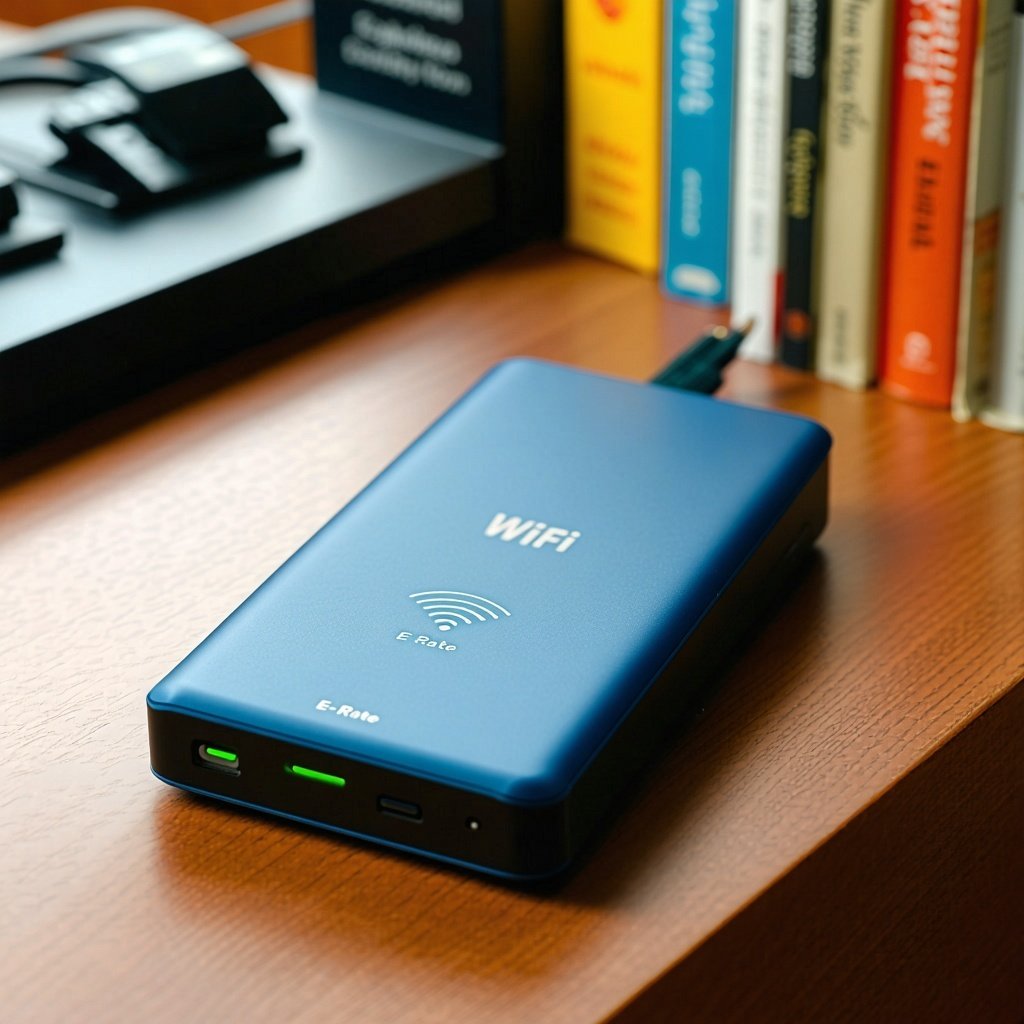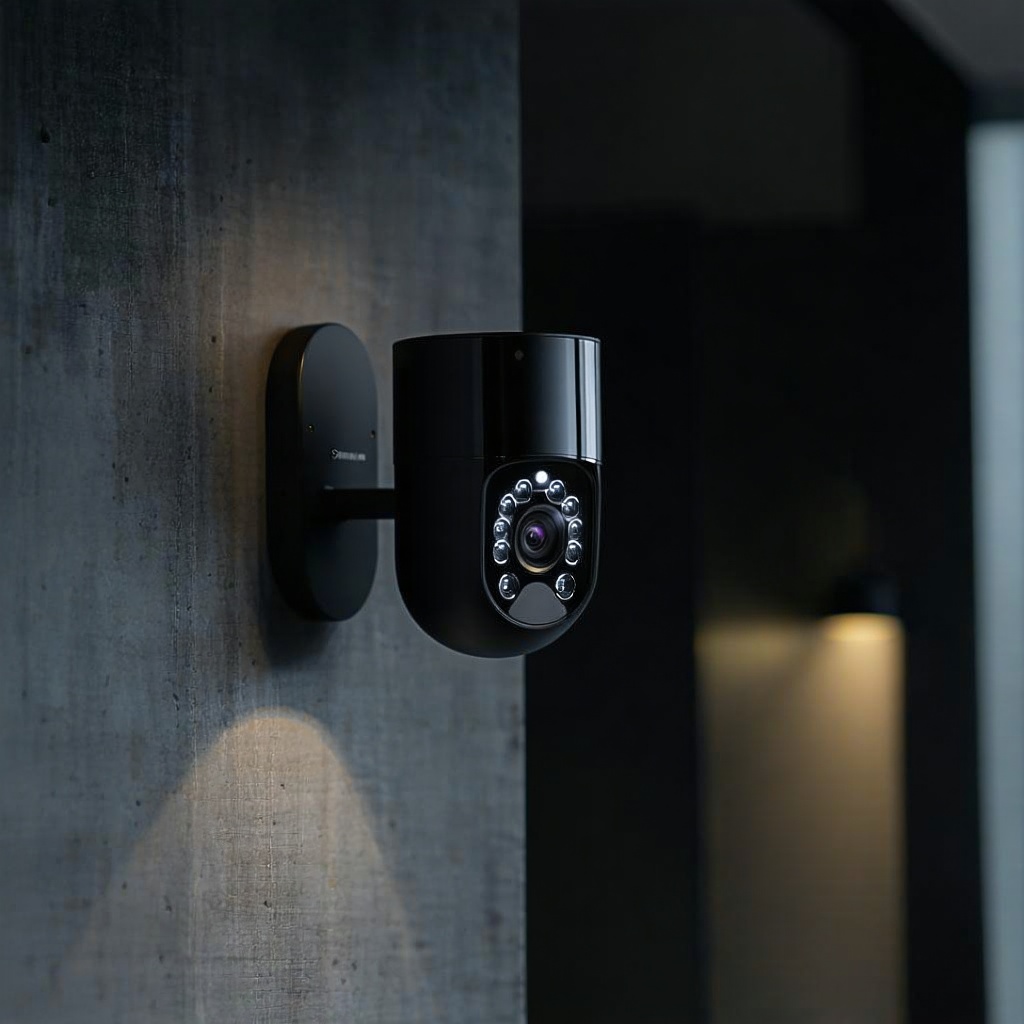1 min read
How to Maximize E-Rate Funding for K-12 Schools and Libraries
Is your library missing out on e-rate broadband funding? K-12 schools and public libraries are essential providers of internet access and digital...
5 min read
 Tony Ridzyowski
:
Jul 21, 2025 9:00:00 AM
Tony Ridzyowski
:
Jul 21, 2025 9:00:00 AM
The Federal Communications Commission (FCC) has released new E-rate guidelines for the upcoming five-year category 2 budget cycle, and it’s good news for schools and libraries. Beginning with FY 2026, the FCC will implement higher budget multipliers and a larger funding floor, administered by the Universal Service Administrative Company (USAC), giving applicants more room to improve their internal technology infrastructure.
These changes are part of the standard E-rate refresh that occurs every five years. The current five-year budget cycle, which began in 2021, will end after FY 2025. Starting July 1, 2025, the FCC Form 470 filing window opens for FY 2026, officially kicking off the next E-rate season.
This update gives school districts and library systems more funding to upgrade Wi-Fi, improve network performance, and support better access for students and patrons. But it also requires early planning, especially in the first year they apply for C2 support during the new cycle.
The E-rate program, part of the Universal Service Fund, is designed to make internet access and internal technology infrastructure more affordable for eligible schools and libraries. Administered by USAC under the FCC, the program reimburses a portion of costs based on need and location.
The program splits eligible services into two categories:
Category 2 services have a pre-discount budget cap over a five-year period. This is known as the five-year category 2 budget cycle. Each applicant receives a total budget based on either the number of students (for schools) or the square footage (for libraries and library systems). This cap applies to eligible services inside the building and does not roll over from one cycle to the next.
For each funding year, schools and libraries draw down from their total five-year allocation. If an applicant does not use all of its funding, the unused amount remains available within that cycle but does not carry over to the next.
The FCC has increased Category 2 budget amounts by 20.7% for the next cycle. This adjustment accounts for inflation and higher technology costs.
Key changes include:
This means that each applicant’s C2 budget is set when they first apply during this cycle, unless their student enrollment increases in a later funding year.
For schools, this is a chance to improve bandwidth inside classrooms, upgrade outdated access points, and modernize network security. For libraries, the square footage-based increase enables larger facilities to expand digital access and Wi-Fi coverage.
The changes also help smaller institutions. The updated funding floor ensures that even applicants with low student counts or limited square footage receive a meaningful allocation.
Missing this step in FY2026 may limit how much funding your organization can access for the entire cycle. When a school or library applies for category 2 E-rate funding in the FY 2026–2030 cycle, their budget is locked based on student counts or library square footage at the time of application. This happens the first year they apply for C2 funding during this five-year cycle.
The number of students or the footage in the first year determines the applicant’s total category two budget for the entire five-year period. For school districts, this means entering accurate enrollment data. For libraries, it means confirming total usable square footage.
This validation is critical. It determines your pre-discount cap and impacts every funding request you submit until FY 2030.
Yes. If a school’s enrollment increases later in the cycle—say in FY 2027 or FY 2028—you can ask USAC to recalculate your budget. These adjustments typically happen during the annual Administrative Window, which runs from mid-October to early January.
For libraries, square footage is less likely to change. Once your footage is confirmed, it remains fixed for the full five-year cycle unless you add space or renovate and can document those changes.
Start by reviewing your E-rate Productivity Center (EPC) profile. Make sure your school or library contact information, entity data, and discount rate calculations are current. If you're working as a consortium or part of a district, coordinate early with your peers to avoid duplicate errors.
The Form 470 filing window opened on July 1, 2025. This starts the competitive bidding process for FY 2026. Form 470 is used to request bids from service providers for eligible services, including internal connections. You must allow a 28-day bidding period before selecting vendors and submitting your FCC Form 471 application. This means applicants planning to apply early in the cycle should begin drafting procurement documents and RFPs now to stay on track.
Instead of focusing on one-year purchases, schools and libraries should plan projects with the entire five-year Category 2 budget cycle in mind. This means identifying long-term needs such as replacing outdated switches, controllers, and wireless access points, as well as investing in structured cabling upgrades or implementing VLAN segmentation. Institutions can also strengthen their cybersecurity posture by deploying eligible managed services and expanding internal Wi-Fi coverage to ensure consistent access across all areas of the facility.
Turn-key Technologies (TTI) helps schools and libraries manage every phase of the E-rate process. From your first form submission to post-funding support, we guide you through the FCC Form 470 and Form 471 application, keeping everything on time and compliant. We help you validate counts, build budgets, and prepare detailed documentation to support your funding request.
We assist with calculating your C2 budget accurately and aligning it with your technology goals. Whether you’re planning a new Wi-Fi deployment, preparing for a facility upgrade, or launching a multi-year infrastructure strategy, we help ensure every dollar you request is eligible, documented, and optimized. TTI brings deep E-rate experience across K–12 and library systems, so your applications reflect the nuances of your environment.
Our support doesn’t stop after your funding commitment decision letters arrive. We help manage invoicing, documentation, and compliance across all funding years. From Form 486 to Form 473, we ensure you remain audit-ready and within E-rate guidelines. We also assist with service substitutions, SPIN changes, and any mid-cycle updates that may affect your funding or eligibility. With Turn-key Technologies, you gain a reliable partner who understands the full lifecycle of E-rate and helps you avoid costly mistakes that could jeopardize current or future funding.
The FY2026 E-rate cycle is your opportunity to lock in a larger, fixed technology budget and make it count. Your first-year data sets the limit. Your application defines the outcome. There are no second chances to get it right.
Turn-key Technologies has decades of direct experience managing complex E-rate strategies for schools and libraries. We handle every detail from Form 470 through Form 471, compliance, invoicing, and mid-cycle updates, so your funding stays secure and your infrastructure plans stay on track.
If you want clean submissions, accurate validation, and full alignment with FCC and USAC rules, we’re ready. Contact TTI today to start your FY2026 application early and get more done with your C2 budget through 2030.

Tony Ridzyowski leads the Inside Sales Team at Turn-key Technologies, where he also supports marketing, partner relations, training, event planning, and CRM initiatives. With 20+ years of experience and multiple certifications in networking, wireless, and cybersecurity, Tony brings deep expertise to every project. Since joining TTI in 2014, he has earned recognition as a top producer and Presidents Club member. His career also includes roles in the network cabling industry and with Fortune 500 companies such as Wells Fargo and Countrywide Home Loans.

1 min read
Is your library missing out on e-rate broadband funding? K-12 schools and public libraries are essential providers of internet access and digital...

1 min read
For K-12 technology directors, the mission is clear: ensure every student and teacher has reliable, seamless connectivity. Yet, the reality is often...

Footage captured at night often fails when it’s needed most. Standard security cameras struggle to maintain clarity in dark or unevenly lit areas,...